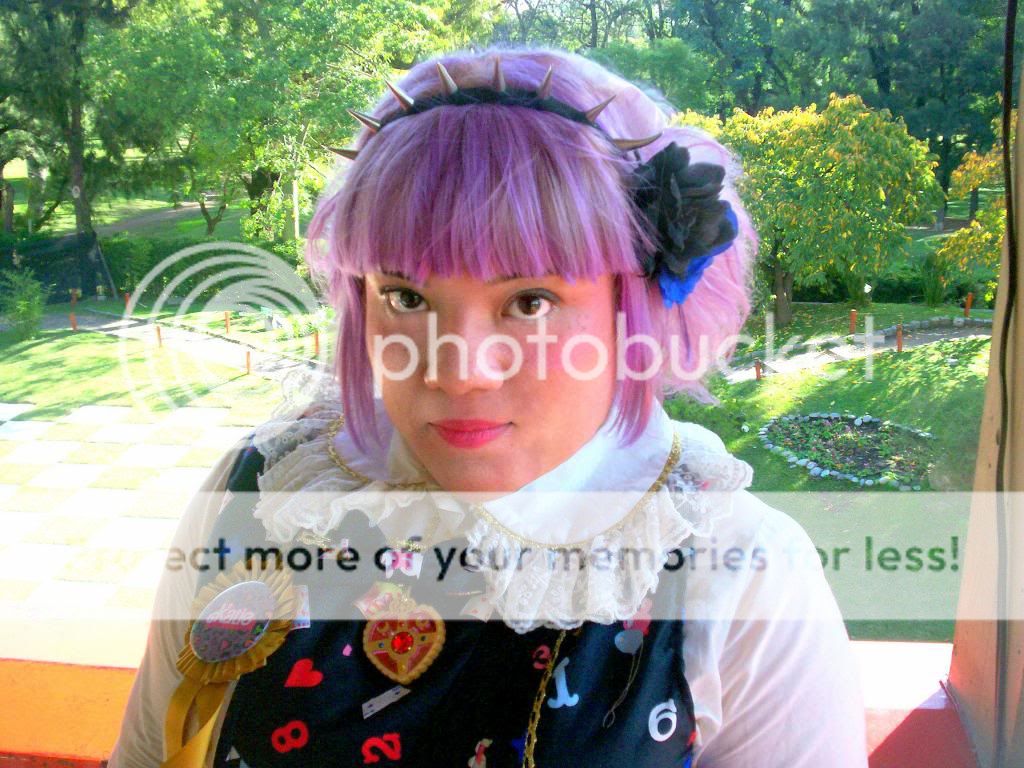
The younger Lolita added layers of colorful petticoats, ornately-detailed bags and time-consuming makeup. Influenced more by Alice in Wonderland than Vladmir Nabokov’s Lolita, the early days of Lolita saw girls modernizing Rococo and Victorian clothing into an understated, everyday style of dress, later generations began to femininize the style. One of the more bizarre mutations was a style dubbed “Guro Lolita,” partially born of a fusion of erotic and grotesque imagery known as the Ero-Guro art movement.

In the early 2000s, a host of offshoot styles emerged, including Punk and Princess Lolita. The formation of the style may be traced to the ‘80s, but the styles as it’s recognized today developed in the late ‘90s. Ostensibly a form of social-driven dress-up more than a proper fashion movement, Lolita outgrew its Japanese roots in the past two decades, finding fans around the world. Perhaps one of the most impenetrable Japanese trends to ever find a foothold outside of the country, Lolita fashion is a subculture wherein young women employ feminine takes on austere Victorian clothing, layering up in heavily stylized, accessorized outfits and joining groups of similarly-dressed friends to shoot photos, curate tea parties and go shopping. In this series, we aim to document oft-underappreciated Japanese subcultures, shedding light on relevant elements of Japanese society that have yet to receive deserved attention. Ranging from countrywide crazes to online-only collectives, Japanese society’s unique blend of borrowed cultures is a breeding ground for distinctive trends, some with longer shelf lives than others.

Although articles have been dedicated to topics ranging from Shibuya-Kei music to certain niche Japanese subcultures have yet to receive proper attention. Please keep Sales and "Is this Lolita?" questions in the appropriate megathreads.Īdvertisements are considered spam! If you want to share your indie brand or shop, please post them in the Sales thread.Ĭonstructive criticism is necessary and appreciated for style growth, and should be assumed appropriate unless the poster specifically says not to.Īnd as always, remember that common decency applies to any comments or posts-outright insults or inappropriate comments (such as overt racism or sexual slurs) should be reported immediately.Considering the size of the country, it’s impressive how much Japan has influenced the rest of the world Japan’s technology, video games, cars, anime, food and music has permeated the collective consciousness of the planet. Posts not directly related to Lolita fashion will be removed, and please don't hesitate to report spam or inappropriate/off-topic posts. There are three main substyles-Gothic, Classic, and Sweet-which each have their own defining characteristics, along with the hybrid Punk style. Lolita is a Japanese street fashion influenced by the Victorian and Rococo, characterized by full, knee-length skirts, and an overall feeling of elegance. Closely associated fashions such as Aristocrat and Otome are also appropriate in moderation. Post anything directly related to the fashion-artwork, "daily lolita" photos, discussion questions, coordinate help requests, et cetera.

Welcome to /r/Lolita, a place for those who enjoy Lolita and Ouji fashion! Old Reddit will not be updated any further. This subreddit is best viewed in the New Reddit.


 0 kommentar(er)
0 kommentar(er)
